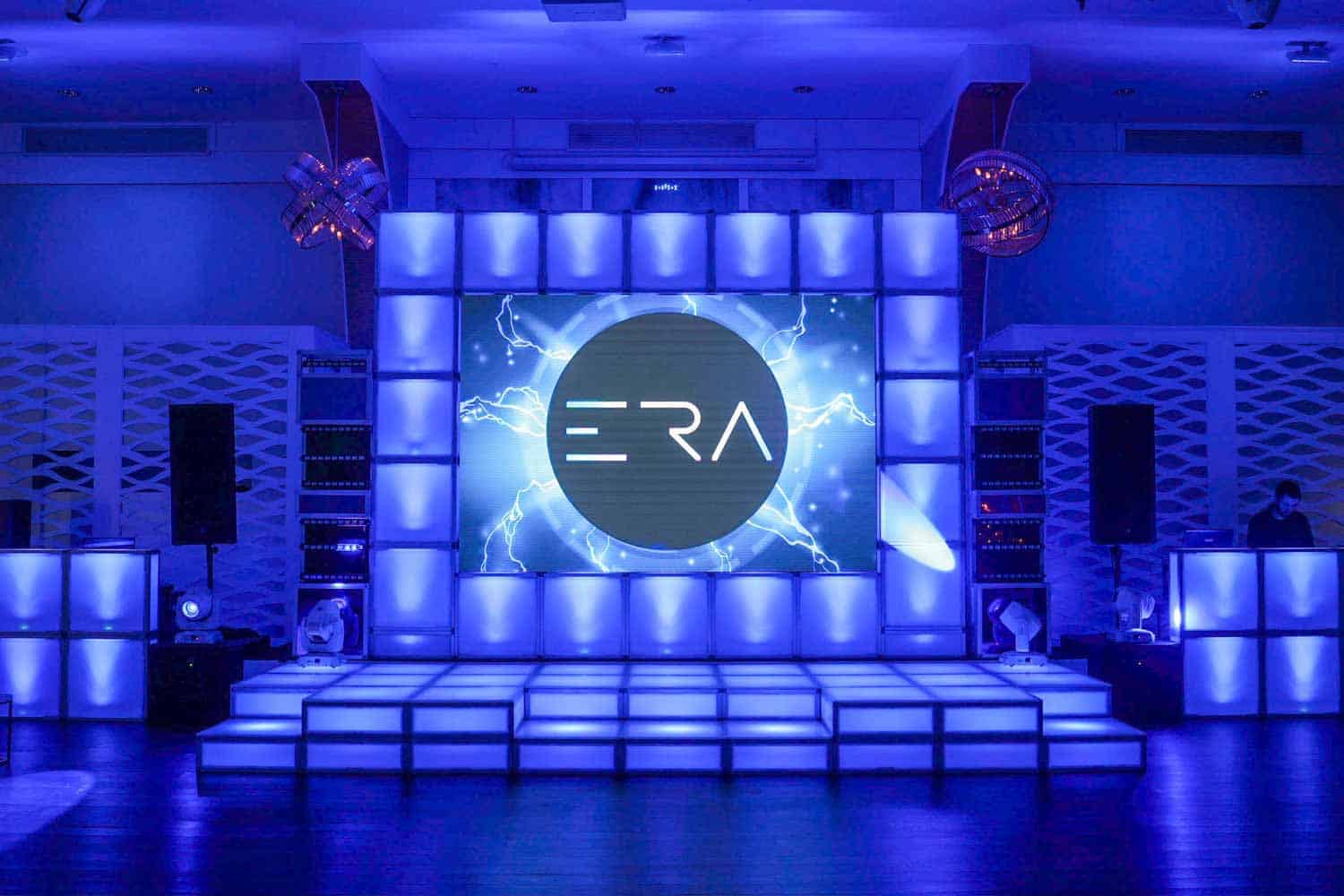Investigating The Way Resolution Influences the Functionality and Visual Caliber of Light Emitting Diode Walls in Contemporary Display Technology
Investigating The Way Resolution Influences the Functionality and Visual Caliber of Light Emitting Diode Walls in Contemporary Display Technology
Blog Article
LED screens are growing increasingly popular in different environments, including musical events and sports events to business displays and creative installations. One of the most important elements that affect the functionality and visual quality of these screens is image clarity. Image resolution refers to the number of picture elements that compose the visual on the display. Higher image clarity means additional pixels, which can result in sharper and clear images. Grasping how resolution impacts LED screens can help users make knowledgeable decisions about their screen needs.
When discussing resolution, it is essential to take into account picture pitch, which is the distance between the center of one pixel to the center of the next pixel. A smaller pixel pitch results in a higher resolution, allowing for more detail in the images displayed. For example, an LED screen with a pixel spacing of 1.5mm will offer a sharper image than one with a pixel pitch of 3mm. This is particularly important in environments where viewers are close to the display, such as in a compact location or a trade event booth. In these cases, a greater image clarity can greatly improve the observing quality.
Another factor of resolution is its effect on color accuracy and luminosity. LED walls with greater image clarity often have better hue reproduction, meaning that the colors displayed are more lively and realistic. This is essential for uses like marketing, where the objective is to capture interest and communicate a concept effectively. Additionally, higher resolution displays can preserve luminosity levels even when seen from different angles. This is important in large locations where viewers may be seated at various distances and angles from the screen.
The functionality of LED walls is also influenced by resolution in terms of refresh rates and response times. A higher image clarity screen can support faster refresh rates, which is essential for dynamic material such as films and motion graphics. This indicates that the visuals on the display will look smoother and more seamless, improving the total viewing experience. In contrast, lower image clarity screens may have difficulty with dynamic material, leading to fuzziness or delay. Therefore, for events that depend on high-energy visuals, selecting a screen with a appropriate image clarity is vital.
In summary, image clarity plays a crucial role in defining the functionality and image clarity of click this site LED screens. Elements such as pixel pitch, hue precision, luminosity, refresh frequencies, and reaction durations all affect how efficiently a screen can communicate data and engage viewers. As technology continues to advance, understanding these elements will help users select the appropriate LED screen for their particular needs, ensuring that they achieve the best possible results in their presentations and occasions.